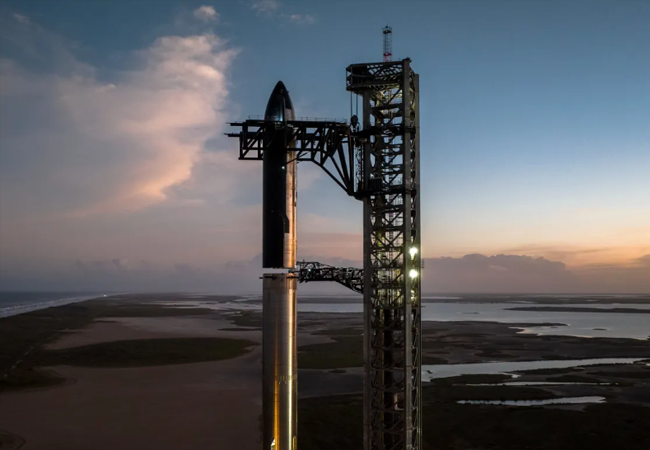The Federal Aviation Administration (FAA) has completed its investigation of SpaceX's first orbital test mission, which took place in April. However, before embarking on a second launch, the aerospace corporation must complete a thorough checklist of over 60 critical "corrective actions."
While the FAA has not released the details of these actions, they include a wide range of procedures. This comprises major upgrades to vehicle hardware, changes to the launch pad design, and intensive research and testing of safety-critical systems. Only when all of these remedial procedures have been completed successfully will SpaceX be able to get a modified FAA license for Starship's future launch.
It's important to note that the conclusion of this study does not mean that Starship launches will resume immediately at SpaceX's sprawling research and launch facility in southeast Texas.
In a timely post on its official website, SpaceX said that the lessons learned from the first Starship launch have prompted a number of improvements to both the spacecraft and the accompanying ground infrastructure. This rapid, iterative development method has underpinned all of SpaceX's main innovations, including Falcon, Dragon, and Starlink.
Furthermore, SpaceX is implementing upgrades unrelated to the first flight test failures. These include a cutting-edge electronic Thruster Vector Control system and a "hot-stage" separation mechanism for the Super Heavy's engines. The latter entails starting the Starship's second-stage engines in order to make a clean separation from the booster.
Regrettably, the corporation hasn't offered specifics on remedial steps, putting the progress on the 63-point checklist in doubt. This ambiguity raises concerns about SpaceX's ability to get FAA approval for a future Starship launch.
Elon Musk, CEO of SpaceX, said on Tuesday that Starship is ready for takeoff, awaiting FAA license clearance. This remark, however, seems to contradict the FAA's statement about imminent remedial steps. The disparity between Musk's declaration and the FAA's stance highlights the intricacies of regulatory systems regulating aeronautical undertakings.
The towering 394-foot Starship's first orbital flight test on April 20 was riddled with difficulties. The powerful force created by the Super Heavy booster's 33 Raptor engines caused significant damage to the launch pad, ejecting large chunks of concrete and sand that spread across a large radius. A series of engine problems in flight caused SpaceX to send an auto-destruct order, culminating in the rocket's midair breakup four minutes after launch.
Such inquiries into catastrophes are common in the world of rocket launches, and SpaceX has been at the vanguard of this endeavor, under the cautious eye of the Federal Aviation Administration, the body in charge of launch safety. The FAA has decided not to make the investigation's conclusions public due to the existence of sensitive information.
To summarize, although SpaceX's ambition for Starship is unwavering, regulatory processes need strict adherence to remedial steps before the grandeur of another launch can be achieved. This voyage through the regulatory maze exemplifies the demanding standards and exquisite workmanship that will underlie space exploration's future.


Post a Comment